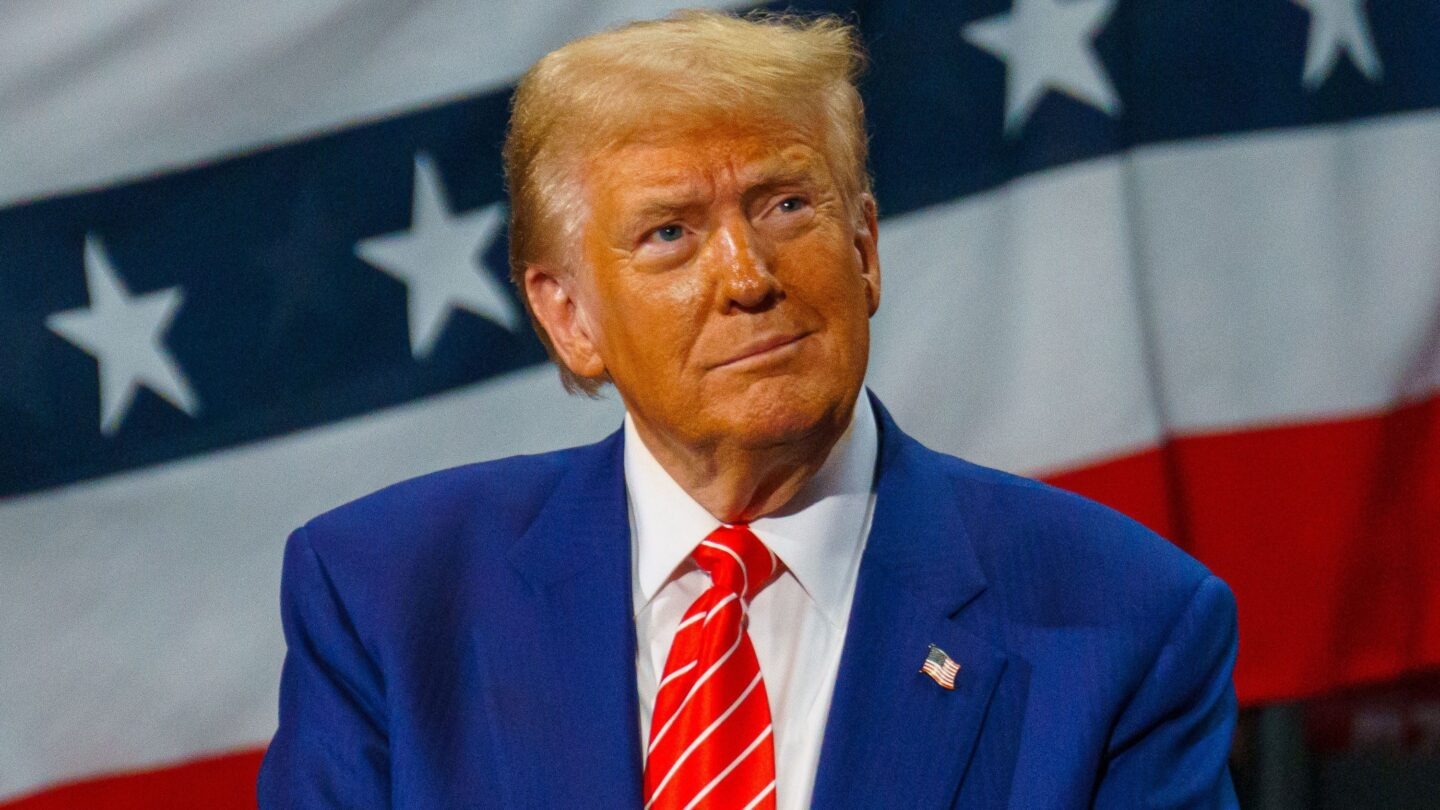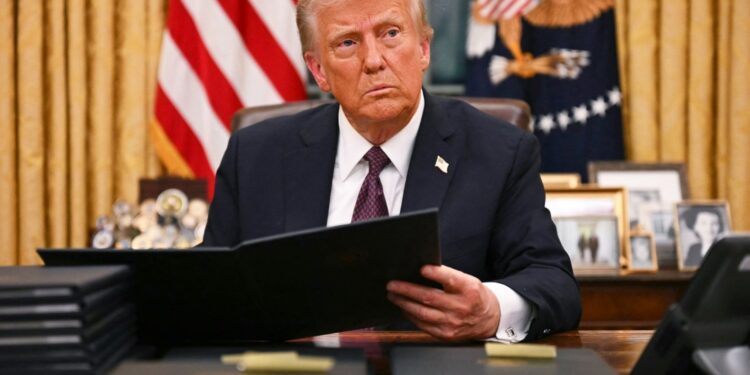On Thursday, Congress received a message from the Trump administration asserting that President Trump has the constitutional authority to dismiss administrative law judges at his own discretion, even though there is a federal law in place that only permits their removal for valid reasons such as misconduct.
This position reflects a broader effort by the administration to weaken structural protections within the federal government and reduce the influence of Congress in safeguarding executive branch roles from political pressure.

The administration’s stance was outlined in a letter written by Sarah M. Harris, the acting solicitor general, who made the case to lawmakers.
Duties of Administrative Law Judges
Administrative law judges work inside executive agencies and are not part of the traditional judicial branch. Though they do not enjoy life tenure, they handle many tasks similar to courtroom judges, including administering oaths, collecting witness testimony, making rulings about evidence, and giving decisions based on law and facts.
These officials carry out their duties in many areas of government. For instance, judges in the Social Security Administration manage disagreements over disability or retirement benefits. At the National Labor Relations Board, judges are tasked with reviewing claims of unfair labor practices.
Others within the Federal Energy Regulatory Commission are responsible for addressing complaints involving energy companies and power grids.
To protect these professionals from political interference, Congress created a rule that says they can only be disciplined or fired for cause, and that such decisions must be approved by the Merit Systems Protection Board after a proper hearing.
This legal shield is designed to ensure that these judges can perform their roles without political pressure or bias.
Justice Department Withdraws Support for Legal Protections
Ms. Harris’s letter also revealed that the Justice Department had quietly stopped defending the constitutionality of the legal protections for these judges. This change was shared in a court filing submitted in February during an ongoing legal dispute.
In that case, a paint manufacturer was challenging a fine issued by an administrative law judge from the Transportation Department. The company was cited for failing to meet safety rules concerning paint cans transported on airplanes.
The firm argued that since the president does not have the power to remove the judge at will, then the judge’s authority is unconstitutional.
Ms. Harris supported that line of reasoning by referring to a Supreme Court ruling from 2010. In that decision, the court found fault with a law that placed two layers of insulation between a certain agency and presidential control. The court said this setup interfered with the president’s oversight power.
Presidential Control and Oversight
According to Ms. Harris, administrative law judges also fall under a similar structure. Congress did not just say that judges could be removed only for cause, but also put the power to determine that cause in the hands of a board, not the president.
That board, known as the Merit Systems Protection Board, was created to ensure the civil service is professional and not influenced by party politics.
The board’s members cannot be removed freely by the president either. A separate law states that they may only be dismissed for things like inefficiency, neglect of duty, or serious wrongdoing.
President Trump has already acted outside that rule. He removed Cathy Harris, the board’s chairwoman, without cause. She responded by filing a legal case, and a judge recently ordered her temporary reinstatement. Still, the administration is appealing that ruling.

Broader Administrative Goals
Sarah Harris also informed Congress that the administration views similar limits on removing staff from independent agencies as unlawful. The Trump administration is promoting a belief known as the unitary executive theory.
This idea pushes for a strict interpretation of the Constitution where the president has direct control over all members of the executive branch, including the authority to remove anyone without needing a specific reason.
Since assuming office, President Trump has removed several officials even when laws set conditions on when they could be dismissed. These include civil servants, agency board members, and inspectors general.
Many of those actions led to court challenges that could influence how the Supreme Court interprets presidential authority in future rulings.
The Administration’s Defense
Chad Mizelle, who serves as chief of staff to Attorney General Pam Bondi, defended the administration’s position. He said the move to challenge protections for administrative law judges was necessary and consistent with past Supreme Court rulings.
“Administrative law judges who are not elected and are not accountable under the Constitution have held far too much authority for too long,” he said. “The department is taking steps to return accountability to executive officers, so they report directly to the president and to the public.”






















